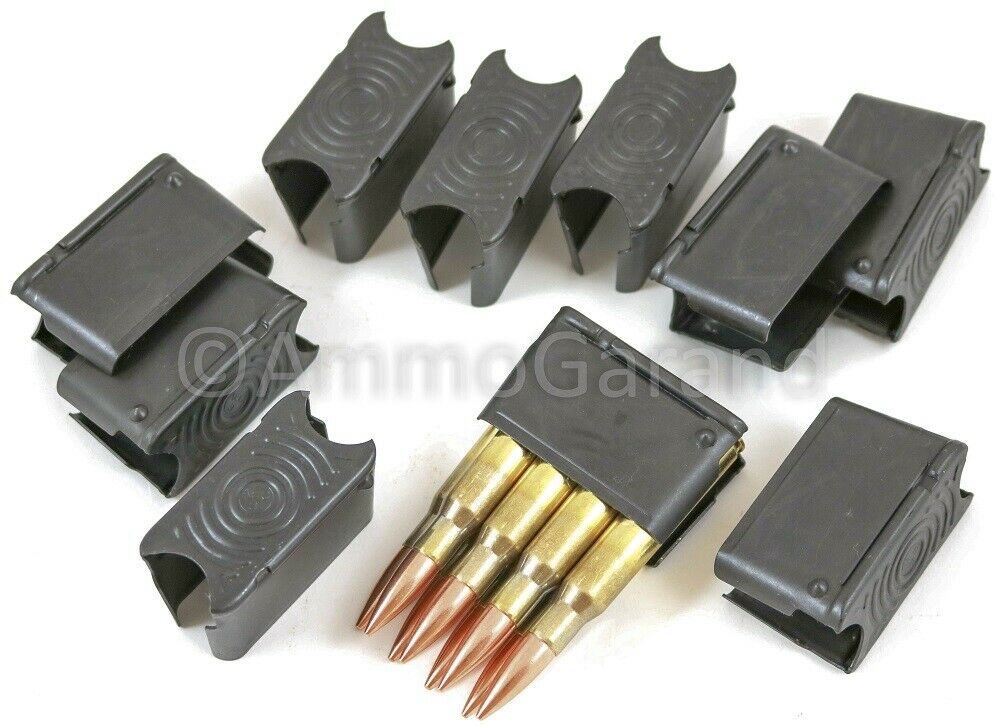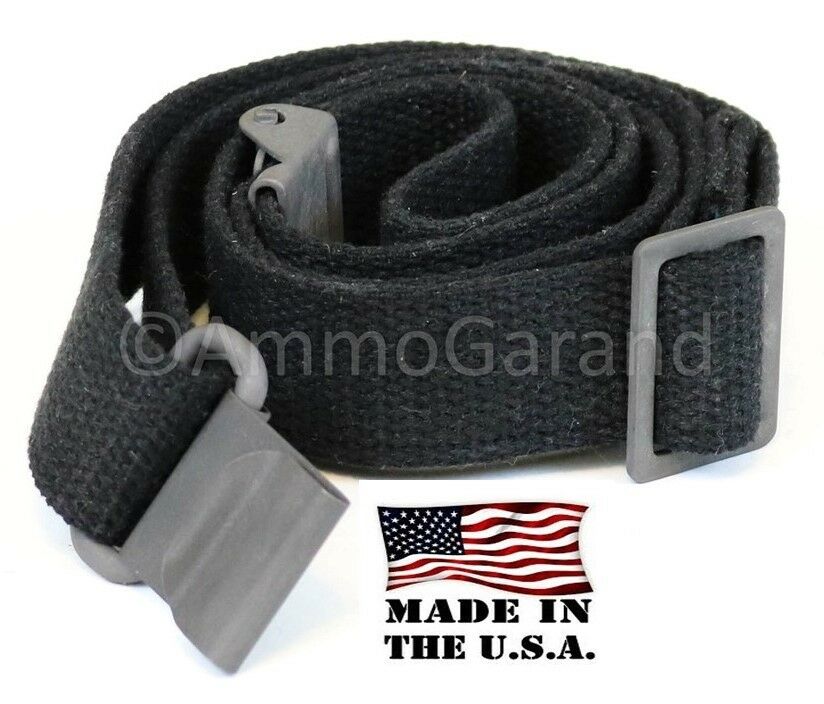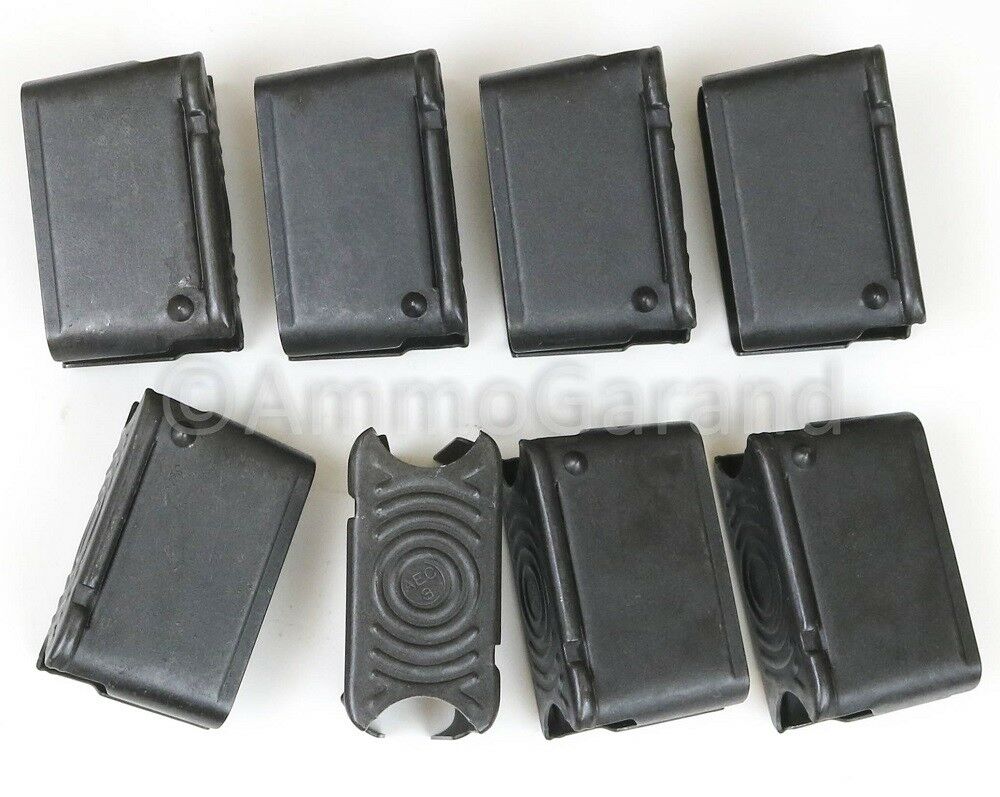-40%
WWII USMC Atabrine Tablets, Vial with Original Tablets (for JUNGLE 1st AID KIT)
$ 19.8
- Description
- Size Guide
Description
WWII USMC Atabrine Tablets, Vial with Original Tablets (for JUNGLE 1st AID KIT)One "Bakelite" Vial,
“ATABRINE TABLETS, 0.1 GRAM, ITEM1084500, For Prevention of Symptoms of Malaria, Bottled By RICHARD GREEN & CO., NEW YORK, N.Y."
with 3 Rare!!
ORIGINAL Tablets
and Cotton Wadding.
Mint Unissued!
*****
Malaria was the leading cause of battle casualties in New Guinea, the Philippines (Bataan), and North Africa!
from Seth Paltzer's article,
The Other Foe: The U.S. Army’s Fight against Malaria in the Pacific Theater, 1942-45
The average soldier serving in the Pacific Theater of Operations (PTO) fighting against the Japanese faced a great many challenges and dangers. Often overlooked by histories of the war, one of the most insidious of these was malaria. This disease, while not typically fatal to the infected soldier, would take him out of action for a prolonged period just as surely as if he had been wounded in battle. The Army’s fight against malaria is a fascinating story of man versus nature, with America’s success in the war against Japan at stake.
As a result, the disease became a huge problem, waylaying thousands of soldiers and support personnel. According to the U.S. Army Heritage and Education Center, the Allied defenders of the Philippines were devastated by an epidemic of malaria. About 24,000 of the 75,000 American and Filipino soldiers involved in the desperate campaign to stop the Japanese advance in 1942 were suffering from malaria. If these troops had been healthy, they could have greatly bolstered the defense against the 57,000 Japanese invaders early in the war. The lesson learned by the Army from the Philippines was that effective malaria control was essential for the successful conclusion of the campaign in the Pacific.
The year 1942 proved to be an absolute low point for the Army in its efforts to prevent malaria from ravaging troops deployed to the Pacific. Infection rates were high across the entire Southwest Pacific Area (SPA), and in some localized hotspots, astronomically so. One of the hardest hit areas was the Allied base at Milne Bay, Papua, which provided support for the campaign against Buna and Gona in late 1942 through January 1943.
During the campaign, malaria was rampant. According to the U.S. Army Center of Military History, incidence of the disease reached an astounding 4,000 cases per 1,000 soldiers per annum. Essentially, this was the equivalent of every single soldier at Milne Bay coming down with the disease at least four times throughout the course of the year. This had a devastating effect on the efficiency of the units based there, where it was estimated that they lost around 12,000 man-days a month in work due to the disease. Infection rates for the rest of the area of operations were not much better.
According to tabulations done after the war, Army medical personnel treated 47,663 cases of malaria in the SPA in 1942. The rate of infection was calculated at almost 251 cases per 1,000 troops in the entire area. With a quarter of all troops infected, malaria was proving to be as large a menace to American operations as the Japanese. Additionally, it was discovered during the fighting at Buna that efforts to reduce the incidence of the disease quickly broke down once combat operations began. The Medical Department estimated that casualties due to this disease for this period outnumbered combat casualties on an order of seven to ten times. Lieutenant General Robert L. Eichelberger, commander of the U.S. forces bogged down at Buna, noted that “disease was a surer and more deadly peril to us than enemy marksmanship. We had to whip the Japanese before the malarial mosquito whipped us.” The high rate of preventable losses of manpower and work-days seen in Papua were simply untenable if the United States and her allies were to take the initiative and defeat Japan’s armies in the Pacific.
*****
from the WW2 Medical Research Center,
"...
the
M-2
version of the
Jungle Kit
replaced the
M-1 type
which was found to be rather unpractical, mostly out of reach, and too large. The present Kit was introduced in
1944,
and proved an immediate success with the troops (both Army and Marines would use it); the Case hooked into the eyelets of either the Pistol or Cartridge Belts, was within easy reach of the wearer, and could be opened or closed by two press studs;
contents were sometimes modified by the owner, depending on his personal taste and/or foresight.
The
M-2
Individual Medical Jungle Kit was only manufactured in olive-drab canvas; it was supplied to each soldier fighting in jungle areas…
"
It was carried by all
MARINES and Ground Troops in the Pacific Theater
by the end of the war! These were issued both with Contents and without Contents -- and filled and re-filled with contents at the unit level. Surviving examples show a tremendous variety of items. The additional two
Eyelets
on the bottom of the Case facilated the suspension of a
M1923
or
M1942 First Aid Packet Carrier.













